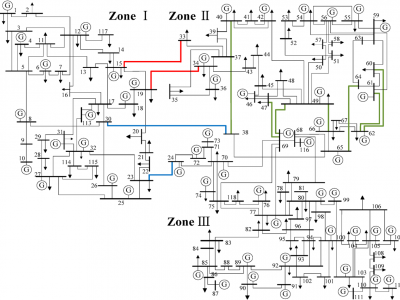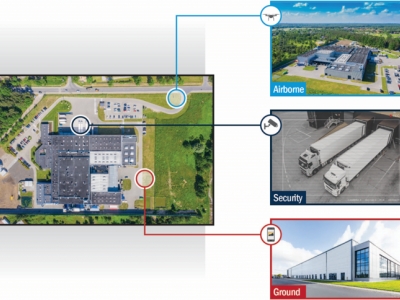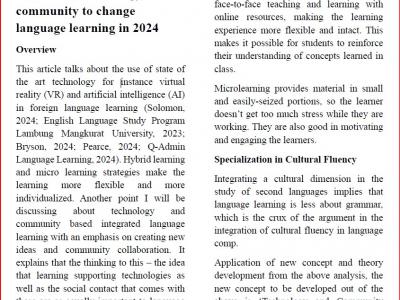Machine Learning
Interference signals degrade and disrupt Global Navigation Satellite System (GNSS) receivers, impacting their localization accuracy. Therefore, they need to be detected, classified, and located to ensure GNSS operation. State-of-the-art techniques employ supervised deep learning to detect and classify potential interference signals. We fuse both modalities only from a single bandwidth-limited low-cost sensor, instead of a fine-grained high-resolution sensor and coarse-grained low-resolution low-cost sensor.
- Categories:
 394 Views
394 ViewsJamming devices pose a significant threat by disrupting signals from the global navigation satellite system (GNSS), compromising the robustness of accurate positioning. Detecting anomalies in frequency snapshots is crucial to counteract these interferences effectively. The ability to adapt to diverse, unseen interference characteristics is essential for ensuring the reliability of GNSS in real-world applications. We recorded a dataset with our own sensor station at a German highway with eight interference classes and three non-interference classes.
- Categories:
 151 Views
151 Views
Optical remote sensing images, with their high spatial resolution and wide coverage, have emerged as invaluable tools for landslide analysis. Visual interpretation and manual delimitation of landslide areas in optical remote sensing images by human is labor intensive and inefficient. Automatic delimitation of landslide areas empowered by deep learning methods has drawn tremendous attention in recent years. Mask R-CNN and U-Net are the two most popular deep learning frameworks for image segmentation in computer vision.
- Categories:
 64 Views
64 Views
Since the aircraft trajectory data in the field of air traffic management typically lacks labels, it limits the community's ability to explore classification models. Consequently, evaluations of clustering models often focus on the correctness of cluster assignment rather than merely the closeness within the cluster. To address this, we labeled the dataset for both classification and clustering tasks by referring to aeronautical publications. The process of obtaining the ATFM trajectory dataset consists of data sourcing, preprocessing, and annotation.
- Categories:
 140 Views
140 Views
This dataset used in the research paper "JamShield: A Machine Learning Detection System for Over-the-Air Jamming Attacks." The research was conducted by Ioannis Panitsas, Yagmur Yigit, Leandros Tassiulas, Leandros Maglaras, and Berk Canberk from Yale University and Edinburgh Napier University.
For any inquiries, please contact Ioannis Panitsas at ioannis.panitsas@yale.edu.
- Categories:
 144 Views
144 ViewsWe used the broad group of 47,692 tweets from the Cyberbullying Classification dataset. This worldwide sourced dataset offers a broad range of examples of cyberbullying, guaranteeing a thorough viewpoint. Our thorough translation and modification procedure guaranteed the dataset's contextual and cultural relevance for the Tamil-speaking population, even though it is not solely from South Asia. These tweets were carefully divided into six classes, each of which represented a different facet of cyberbullying, as well as cases that weren't considered cyberbullying.
- Categories:
 375 Views
375 ViewsThe Theory of Integrated Language Learning (ToILL) supports many complementary schools of educational thought. The constructivism, pragmatism, humanism, and sociocultural theory are combined in one process to produce an integrated and successful method of language acquisition. The approach promotes the complete person development in a continuously changing environment that is global in nature but does not stop at cognitive components but also concerns the social and emotional experiences of the students.
- Categories:
 254 Views
254 Views
This dataset originates from a longitudinal study examining the factors contributing to the progression of cardiovascular disease. P This particular research employs the unprocessed sequential actigraph recordings collected from an actigraph device. We evaluate sleep quality based on the two indicators as proposed in our previous study [3] which are weekly sleep quality ‘SleepQualWeek’, and sleep consistency ‘SleepCons’. SleepQualWeek and SleepCons are calculated using the pre-processed attribute set derived from the MESA dataset.
- Categories:
 131 Views
131 Views


